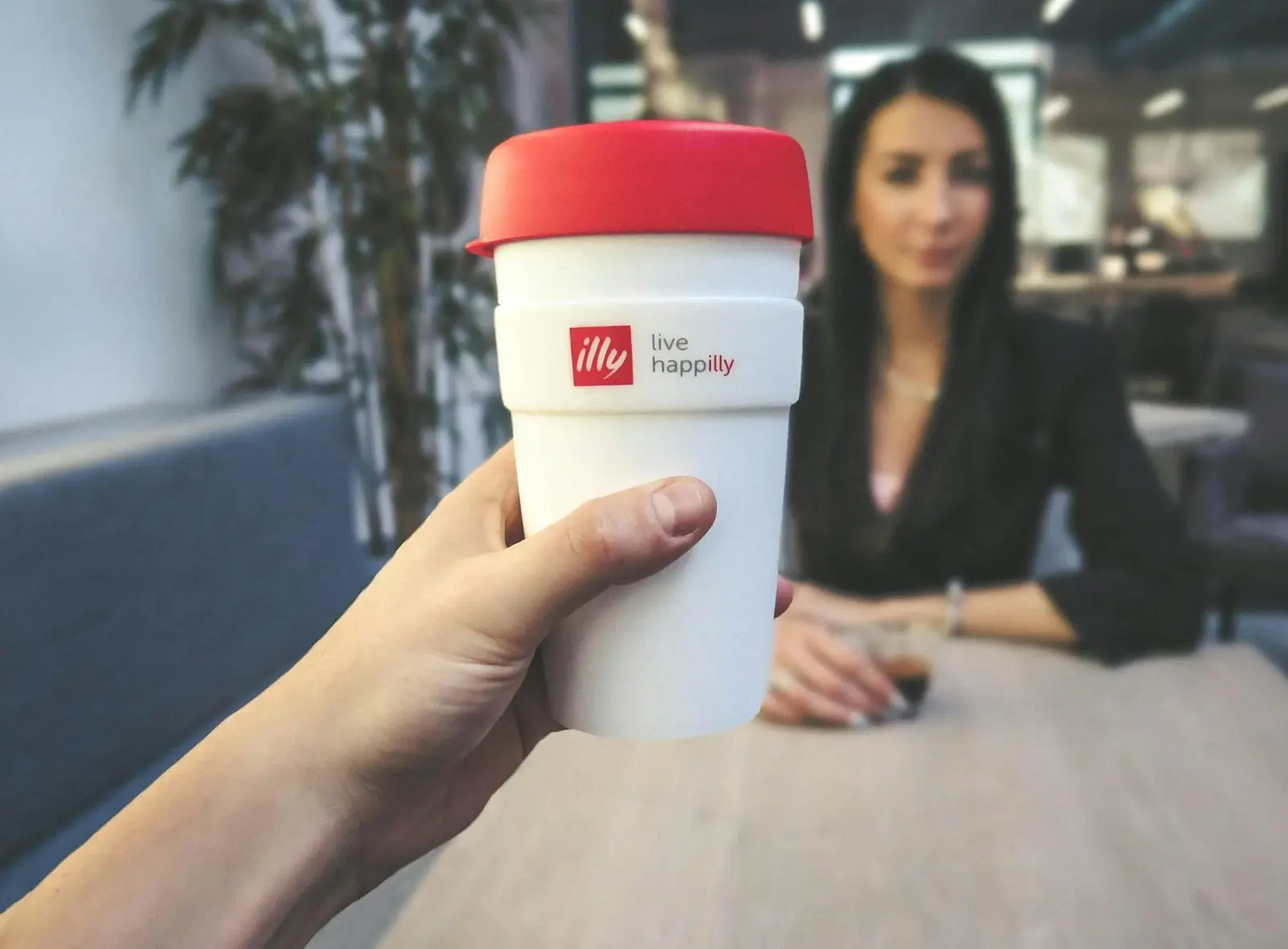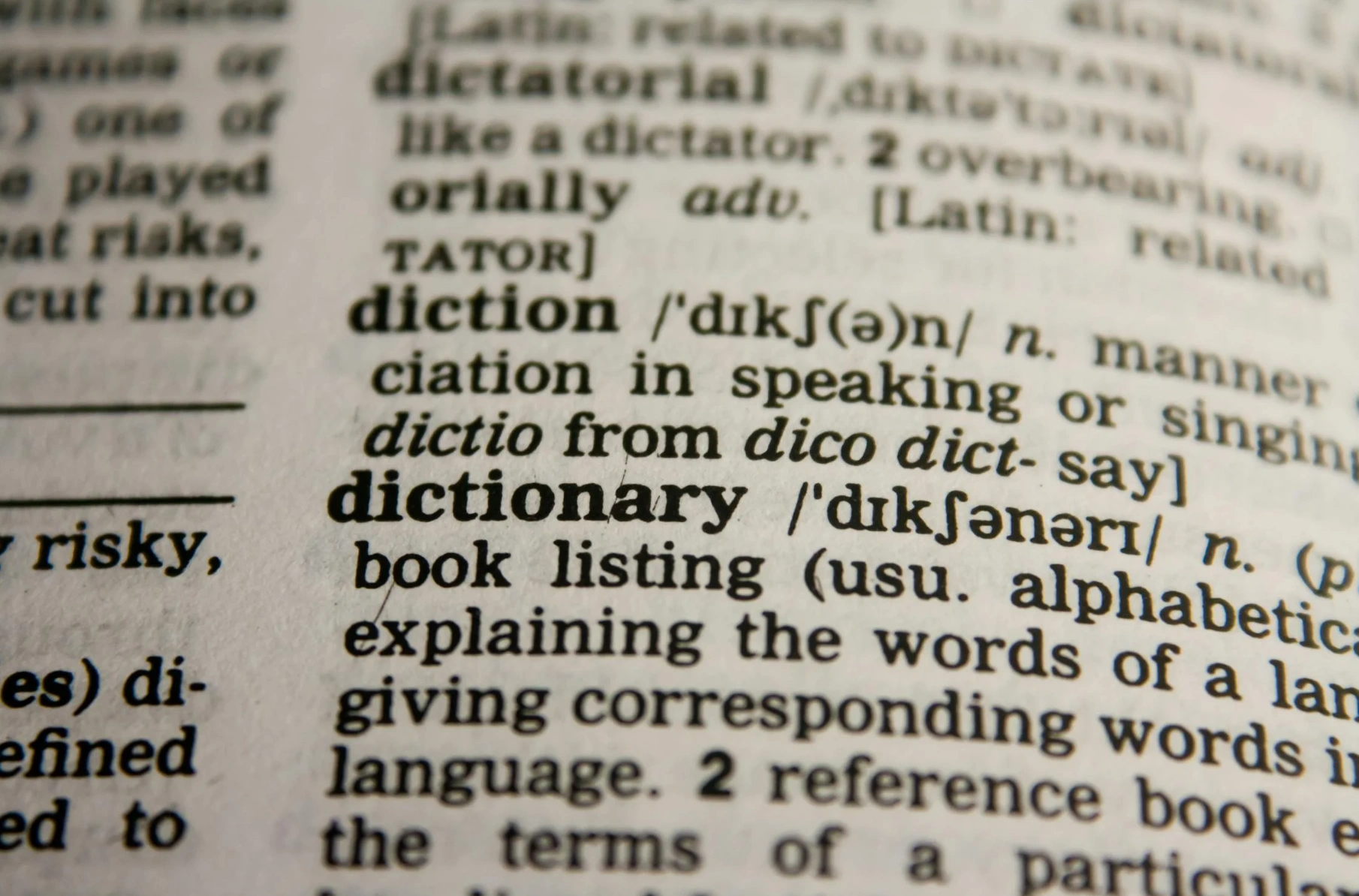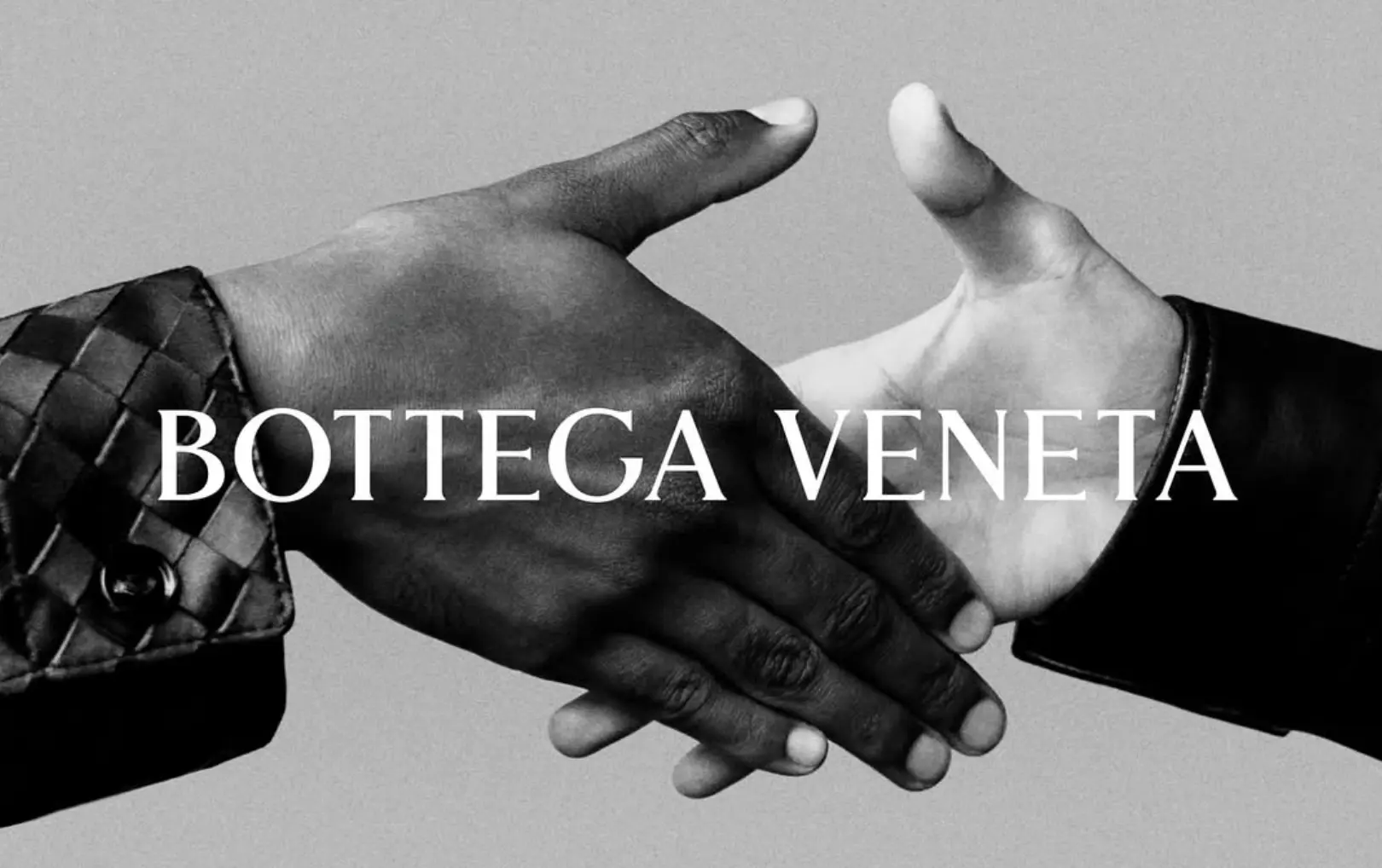Naming A Brand: A Step-by-Step Framework in 2025
Updated on
Published on

If you’ve ever stared at a blank page wondering how to name a brand without tripping legal wires or sounding like everyone else, you’re not alone. Great brand naming feels like catching lightning in a bottle—part craft, part rigor. The trick is building a brand naming framework that turns flashes of inspiration into repeatable steps, so “brand naming” becomes less mystique and more method. By the time you’re done, you’ll know how to name a brand that fits your positioning, clears trademarks, and still makes people smile when they say it out loud.
At-a-Glance
- Start with positioning, constraints, and markets—then write a tight naming brief.
- Explore wide “territories” (story angles) before you wordsmith individual names.
- Use a scoring matrix; demand one clear winner across strategy, sound, and scale.
- Clear trademarks (USPTO/CIPO/EUIPO), domains (ICANN), and social handles early.
- Validate with quick user tests (pronunciation, recall, and confusion checks).
- Plan redirects and rollout before you announce the name—protect momentum.
1) Lock the Strategy: The Brief That Makes Names Obvious
Before a single name idea, write a naming brief that nails positioning, audiences, markets, and guardrails. This is where the brand naming process becomes surgical: you define what the name must signal (benefit, tone, category) and what it must avoid (generic claims, regulated terms, confusing overlaps). If you skip this, “how to name a brand” turns into a brainstorming party with no exit. With a crisp brief, your brand naming framework has a spine—and every later decision becomes easier.
- Include purpose, audience, problem/solution, personality, and non-negotiables.
- Capture markets/languages now to prevent later rewrites for new geographies.
- Add disallowed ideas (competitors, clichés, legal constraints) to steer creativity.
2) Build Naming Territories Before You Build Words
Territories are narrative lanes—conceptual “worlds” like Innovation, Transformation, Simplicity, or Origin Story. Exploring territories first lets you scan for distinctive angles and decide how to name a brand that isn’t crowded. Then you brainstorm names within each lane, so ideas stay thematically tight. This step turns messy lists into a map, and your brand naming framework stops rehashing the same three synonyms.
- Write 5–8 territories with short descriptors and sample imagery/metaphors.
- Note tonal levers (warm vs. technical; playful vs. authoritative) per territory.
- Keep category conventions in mind—then deliberately subvert the boring ones.

3) Generate at Volume—But With Smart Constraints
You need quantity, but not chaos. Set 30–45-minute sprints per territory and push for 20–30 ideas each. Use constraints: syllable counts, alliteration, or morphemes that suggest your benefit. The brand naming process thrives on rules of thumb like “two syllables for snap, three for sophistication,” while staying flexible. This is where brand name ideas start to pile up—and your confidence grows because the field is wide, not shallow.
- Mix name types: descriptive, suggestive, compound, invented, and lexical tweaks.
- Keep a “do not use” list to avoid drift (banned words, sensitive terms, close confusables).
- Save promising fragments (roots, prefixes, suffixes) to remix later.
4) Shortlist With a Scoring Matrix You’ll Actually Use
A good scoring matrix transforms “how to name a brand step by step” into an objective decision. Score each candidate across strategy fit, distinctiveness, memorability, readability/pronunciation, domain/trademark likelihood, and scalability to sub-brands. Weigh criteria (e.g., 30% strategy, 25% distinctiveness, 20% memorability, 15% legal, 10% scalability). One or two frontrunners should emerge—if they don’t, refine the brief or your weights.
- Limit the shortlist to 5–7 names to reduce cognitive overload.
- Use a clear 1–5 scale with definitions; tie-break on strategy fit and legal probability.
- Keep comments brief and comparable—no essays in the matrix.
5) Run Legal & Availability Checks Early (and Properly)
Nothing tanks momentum like a last-minute conflict. Do knockout searches early using official databases: the USPTO for U.S., CIPO for Canada, EUIPO and TMview across the EU, plus WIPO’s Global Brand Database to scan internationally. Check the Nice Classification to understand classes. For domains, use ICANN Lookup to see who controls a name and how risky it is to negotiate. This is the “validation & risk checks” moment that keeps your brand naming framework grounded.
- Always consult an IP attorney for clearance opinions and filing strategy.
- Search look-alikes and sound-alikes; conflict is often phonetic, not visual.
- Check common-law use via web search and Wayback Machine to gauge prior use.
6) Don’t Get Tripped by Language: Linguistic & Cultural Vetting
International brand name considerations aren’t optional anymore. Even if you’re local today, your name will travel via search, social, and marketplaces. Screen for unwanted meanings, difficult phonetics, and cultural faux pas. Simple spot checks with bilingual reviewers beat automated tools—but you can augment with dictionaries and pronunciation references to catch obvious red flags.
- Run quick dictionary checks (e.g., Oxford Languages via Google) and listen for homophones.
- Use YouGlish to hear real-world pronunciation patterns.
- Flag letters/diacritics that break in common keyboards, signage, or URLs.

7) Validate With Users: Fast, Lean, and Honest
Testing doesn’t need to be a months-long study. For a practical brand naming framework, use hallway tests and 24-hour surveys. Ask for first-impression associations, pronunciation attempts (typed phonetically), and 24-hour recall. Run a simple A/B landing page to see which candidate earns more sign-ups or clicks—small budgets, real signal. If you’re statistically inclined, sanity-check results with a simple calculator like Evan Miller’s A/B guide.
- Keep questions behavioral: “What product/service do you think this is?”
- Cap tests to your actual audience; friends and founders aren’t the market.
- Look for “confusion clusters” (consistent misreads) as automatic disqualifiers.
8) Decide Like a Grown-Up: Governance, Architecture, and Scale
A name doesn’t live alone. Decide how it fits your naming architecture (masterbrand, sub-brand, product lines) and how future names will relate. If you plan a branded house, ensure today’s choice can carry extensions; if you’re building a house of brands, ensure clear separation to prevent cannibalization. The brand naming process ends with rules: capitalization, spacing, hyphens, abbreviations, and how the name appears in copy.
- Document name usage (legal line, ®/™ placement) and exceptions.
- Define rules for line extensions and versioning to prevent drift.
- Store examples of “correct vs. incorrect” to accelerate onboarding.
9) Secure Assets & Launch With Zero SEO Drama
Right after selection, register domains and social handles, file trademarks where you’ll operate, and draft your rollout. If you’re renaming, plan the redirect map and update structured data to protect rankings. Google’s own guidance on site moves with URL changes explains how to migrate without nuking visibility—follow it (Google Search Central). Announce once you can control confusion: consistent visuals, updated bios, and a crisp “why we changed” story.
- Buy defensives (common misspellings, regional TLDs) if budget allows.
- Publish a press kit: logo files, name story, and brand FAQs to curb speculation.
- Monitor mentions post-launch and log any misuse for trademark policing.

(How We Got Our Numbers)
- We mapped every stage to official references (like USPTO, EUIPO, WIPO, ICANN Lookup) so you can verify availability.
- The framework leans on practical tests (radio test, hallway test, confusion checks) that real teams use to reduce risk without slowing creativity.
FAQ
What makes a brand name memorable?
Distinctive sound patterns (alliteration, rhythm), strong associations with your benefit, and simplicity.
How do I check if a brand name is taken?
Search official databases first: USPTO (U.S.), CIPO (Canada), EUIPO (EU), and WIPO globally. Then scan web results and social handles; finish with counsel for a clearance opinion.
Do I need the exact .com?
Nice if you can get it, not a deal-breaker. Use ICANN Lookup to confirm ownership and risk. Many successful companies launch on modifiers (use, get, with, try) or country TLDs; just avoid confusingly similar domains in your markets.
How many naming rounds should I expect?
Two to three well-run cycles usually surface a winner, assuming a solid brief, wide territories, and real testing. Endless rounds signal misalignment—revisit positioning and decision criteria.
Should I use AI or a human naming agency?
AI can generate volume; humans bring taste, strategy, and legal foresight. A smart mix works: use AI for exploration, then rely on expert curation, trademark sense, and narrative craft to finish.
What’s a simple brand naming checklist?
Brief → territories → volume ideas → scoring matrix → knockout legal/domain → user testing → decision/governance → registrations → launch plan.
Ship the Name, Not Just the Idea
The best names don’t win because they’re clever; they win because they’re clear, ownable, and easy to live with. Treat brand naming as a sequence—not a brainstorm. Start with tightly defined strategy, roam widely through territories, and narrow with a scoring matrix that keeps you honest. Clear trademarks and domains through official sources, validate with real people, and launch with the plumbing ready so momentum doesn’t leak away. Do that, and the name you choose today won’t just introduce your brand—it’ll carry it for years.







